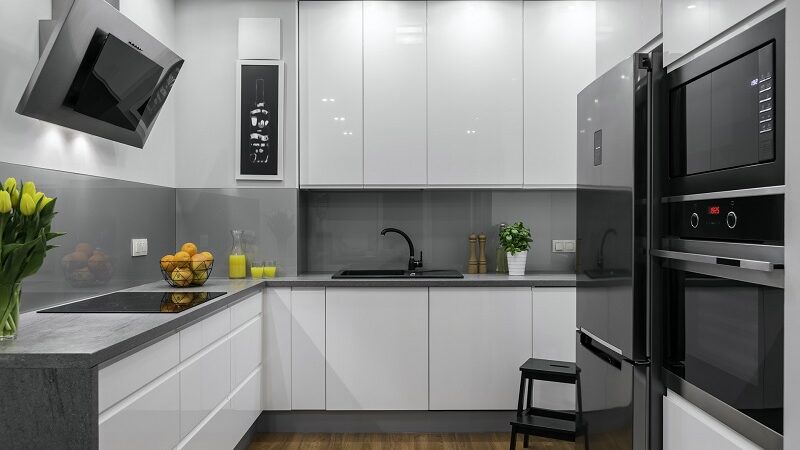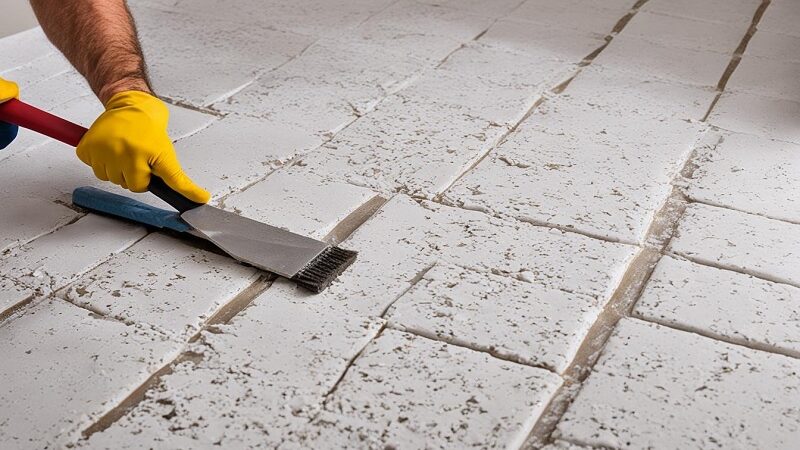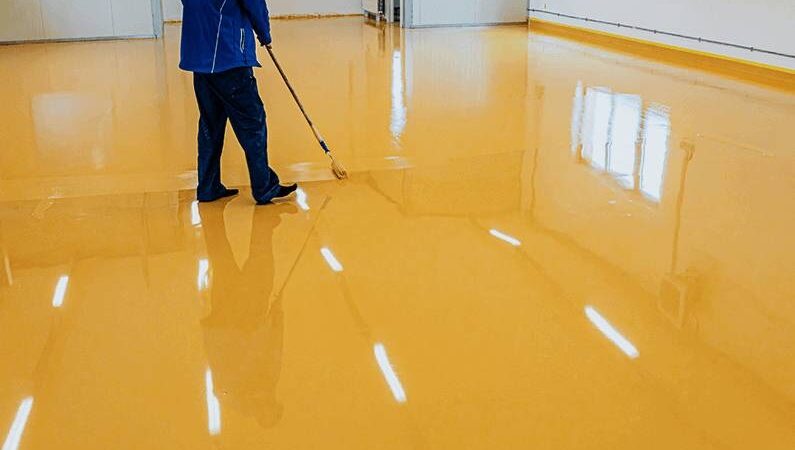Understanding The Water Damage Cleanup Process

A home that experiences water damage should be repaired as soon as possible. The longer a house stays wet, the more damage it will cause.
This is because mold growth and bacteria thrive in damp conditions. Additionally, rotting wood and other issues can occur as well.
What is Water Damage?
Many things, including storm flooding, backed-up sewers, and leaky roofs, cause water damage. It can destroy furniture and electronics, rot wood, and create an environment for mold to grow. It can also lead to structural problems in your home, such as drywall crumbling and floor warping.
Contacting a professional as soon as possible after noticing water damage is essential. The longer the water sits, the more damage it causes. Category 3 water is hazardous, as it may contain sewage and other contaminants. It’s unsafe to touch and can cause health complications if inhaled.
It’s also a breeding ground for bugs like fleas and ticks, which thrive in warm temperatures and high humidity. The longer you ignore water damage, the more likely you are to have pest issues. Fortunately, you can prevent these problems by caulking cracks and installing proper insulation. This will help keep pests out of your house and lower your energy bills.
Types of Water Damage
There are several types of water damage, and how they are treated differs. Knowing the different categories and classes of water damage can help you better understand what needs to be done to remediate a situation.
Class 1 water damage is typically considered clean and is caused by things like washing machine overflow, toilet overflow without feces, and dishwasher leakage. This category of water damage does not pose a threat to humans unless it is left untreated, and it allows the growth of mold and bacteria.
Category 2 water damage is often referred to as grey water, and it is wastewater from household appliances such as tubs, showers, and sinks. This category of water damage threatens humans if it is not cleaned up promptly, and it can lead to illness if consumed or touched. Category 2 water damage is also a breeding ground for harmful microorganisms.
How the Restoration Process is Made
It’s every homeowner’s worst nightmare: you arrive home from a long day of shuffling kids and work to find your front door swinging open to the squish of soaked carpet and water damage up the walls. In the case of a major flood, you may have to evacuate your home for safety reasons and rely on the help of sandbags and neighbors until the insurance company can send an adjuster to evaluate the extent of the damage.
The first step in the water damage cleanup Tucson process is to mitigate water damage by shutting off your home’s power and water supply and removing contaminated materials such as wet rugs, furniture, or clothing. You may also need to install additional ventilation and select flooring to withstand moisture and mold growth.
Next comes the remediation phase of the water damage cleanup Tucson process, which involves cleaning and sanitizing all affected areas. This prevents the spread of bacteria and germs, especially in damp conditions that encourage mold and mildew.







